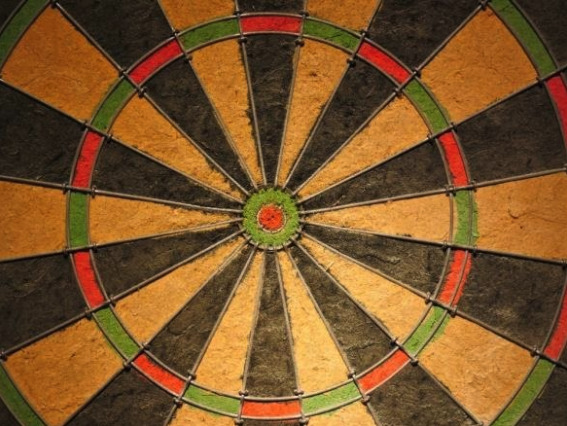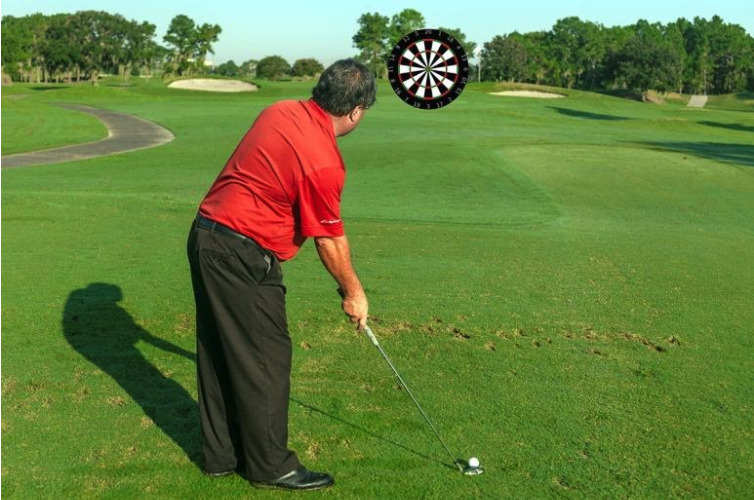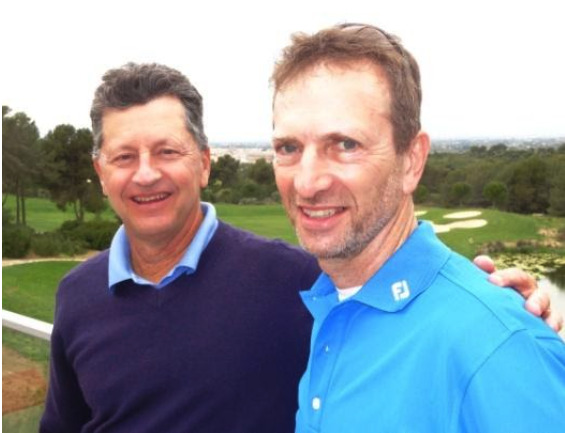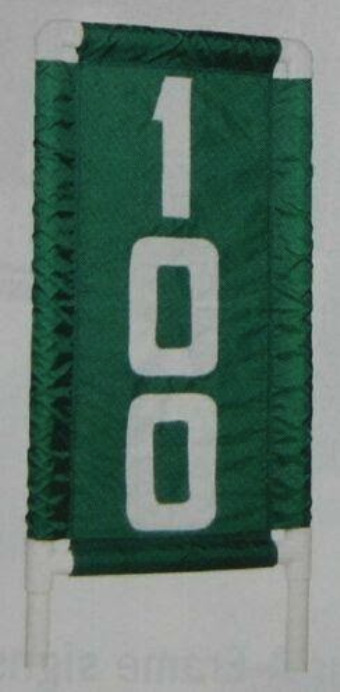
Introduction
It’s very easy to end up playing golf “in our heads” weighed down with a myriad of information we’ve gleaned from the internet, from friends, past coaching, golf magazines and our own experiences. We can feel like a plane preparing for takeoff; posture – check, alignment – check, grip – check, grip pressure – check, chin off chest – check, breath – check…
Takeaway – slow – check, hinge wrists – check, turn shoulders – check…
Shift weight towards target – check, clear hips to left – check, square club face at impact – check, extend arms towards target – check, balanced finish – check…
And all within 2 seconds!!
With so much “baggage” no wonder we get tense, mechanical with negative thoughts creeping in.
Is there another way?
What if we were to actually trust our golf swings! Just think how many thousands of balls you’ve hit at the range and on previous rounds.
How about if we ask better questions instead?
• What’s the right shot here would be a great place to start.
• Supplementary questions might be:
• How far is it to the centre of the green?
• Which way is the wind blowing?
• Where are the hazards
• Where is the pin located on the green in relation to the hazards?
• Is it better to be short or past the pin for my birdie attempt?
All of this then helps you determine – “What’s the right shot here”?
The next question is can I pull it off? If the probability is low, then it’s probably not the right shot. Maybe layup instead of attempting to make a 180yd carry over water and into a head wind. Leave yourself with a 100yd wedge instead?
So next make a club selection based on the questioning above and finally pick a very clear target.
The target
If you’re on the tee with a driver, pick a landmark like a church spire a corner of a distant house or a bunker to carry.
If on a par 3 aim at a tree behind the green and pick a branch rather than the whole tree; the smaller the target the more our golf brains will focus.

Source: golf tips magazine
If chipping onto a green, imagine a landing point and see the ball checking and running towards the hole. Be very clear of the landing point; perhaps focus on a specific leaf or a stripe on the green.
Make a practice swing and give the landing spot “all” your attention
Set up to the ball with no undue delay. Focus on the landing spot/target one last time, look back at the ball (still with the landing spot in your mind) and swing the club
You may not hit the landing spot but you’ll be much closer than if you had no thought of a landing spot at all.
Case studies
I have two, one concerns me the other a pupil:
Fred Shoemaker workshop, Spain 2017

I attended this workshop with plenty of focus on picking a target and committing to it
When I returned from Spain I played my home course shortly afterwards and committed to a target on every shot. On the 15th I dialled into the flag with a 3 wood second shot into a stiff breeze. The ball set off like a missile – arrow straight and never deviated. It missed the hole by about two feet. In my mind I expected to hole it. Two holes later I holed out with a full 9 iron!
100 yard driving range target

I’d been working with a 28 handicapper on full wedge play. He was notionally aiming at a 100yd marker and missing by about 15yds either side. I asked him if he could hit the 100 yds marker. He burst out laughing.
I said hang on, you’re a precision engineer and you work in millimetres so why shouldn’t you be more precise at 100 yds? He shrugged, set up to the ball with far more “focus” and his dispersion narrowed to about 5 yds either side. Then I asked him which of the three numbers he was going to hit? The “1”, the middle “zero” or the bottom “zero”.
He didn’t laugh this time but did dial into an even smaller target. Within 100 yds he hit the middle zero and left the lesson with a very big grin on his face.
tony@thegolfswingcompany.com
07764 895 045
www.thegolfswingcompany.com